The first containership that can run on green methanol has been delivered to MAERSK. The world’s first dual-fuel methanol containership was delivered to A.P. Moller Maersk on the 10th of July from Hyundai Mipo Shipyard in South Korea.
Maersk said the 21,500-kilometer journey from Ulsan, South Korea, to Copenhagen, Denmark, will give Maersk seafarers real-world operational experience with the new engines and methanol fuel. The feeder will be trailed by 18 huge oceangoing vessels of 16,000-17,200 teu limit which are planned for conveyance in 2024 and 2025.
In South Korea, Hyundai Mipo Dockyard Co. and Hyundai Heavy Industries Co. constructed HMD Hull #4168. In a web-based entertainment post, Maersk said the vessel’s transportation is a massive step towards becoming carbon-neutral.
“It marks the beginning of a new era in shipping, where we together can minimise greenhouse gas emissions and create a greener future,” said the company.
Maersk recently placed an order with Yangzijiang Shipbuilding Group for six medium-sized container ships as part of its decarbonisation strategy. Each of the six 9,000 teu vessels will have dual-fuel engines that can run on fuel oil and green methanol. Delivery of the ships is anticipated in 2026 and 2027.
“The introduction of this container vessel is a significant step towards realizing our commitment to becoming carbon neutral, and it marks the beginning of a new era in shipping, where we together can minimize greenhouse gas emissions and create a greener future.”
Maersk recently placed an order for six methanol-powered containerships, making a total of 25 of these vessels available for purchase and the vessel is scheduled to set sail for Copenhagen, where it will arrive in September.
A.P. Moller – Maersk intends to eliminate all greenhouse gas emissions in the company by 2040. To arrive in time, the organization means to move a base of 25% of Sea freight utilizing green energies by 2030 contrasted with a 2020 benchmark.


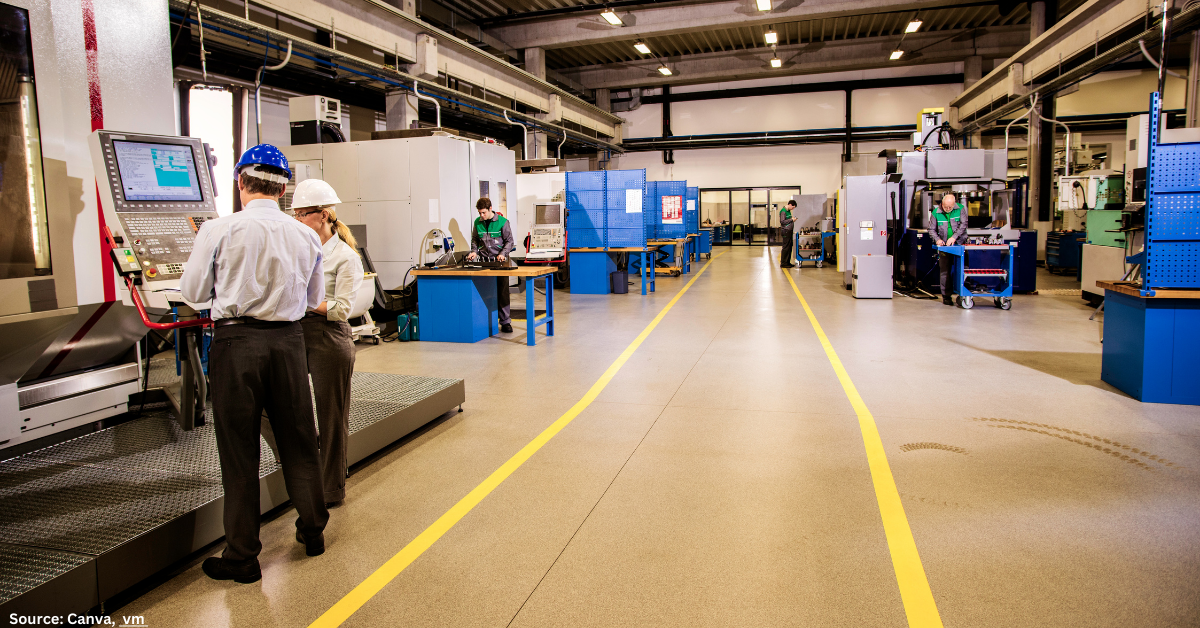
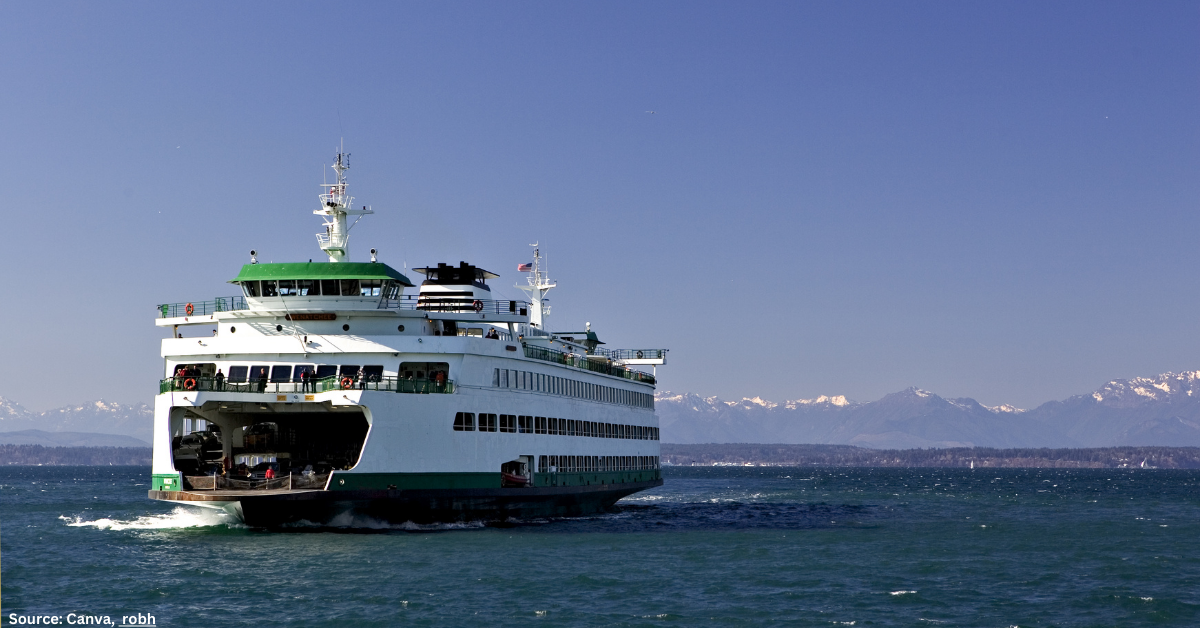
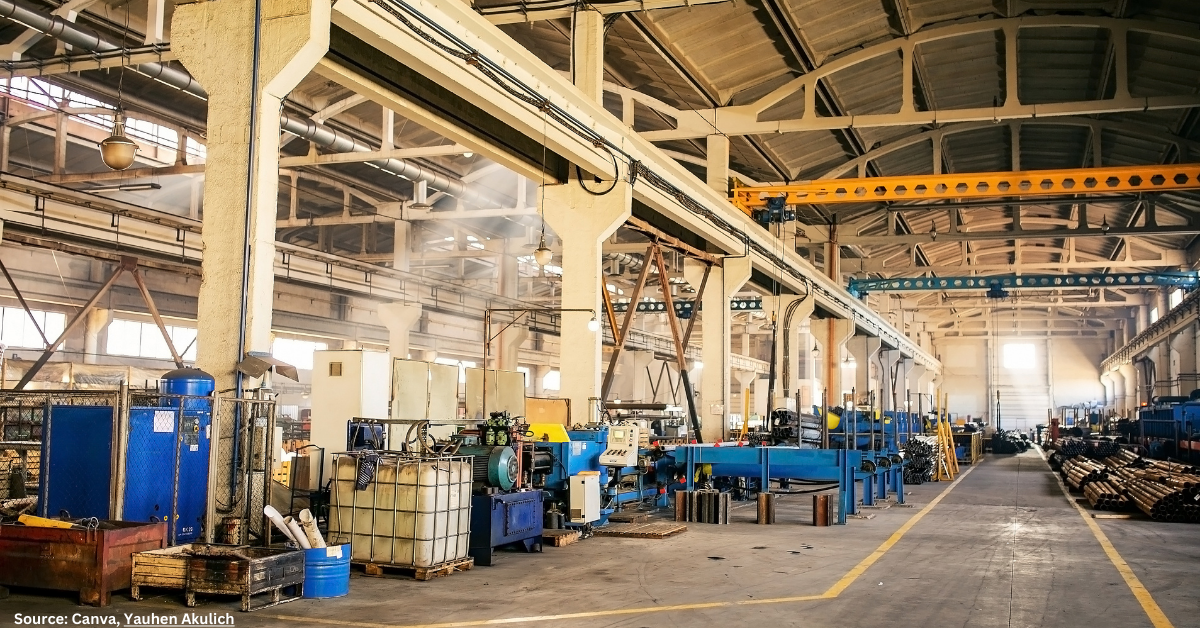







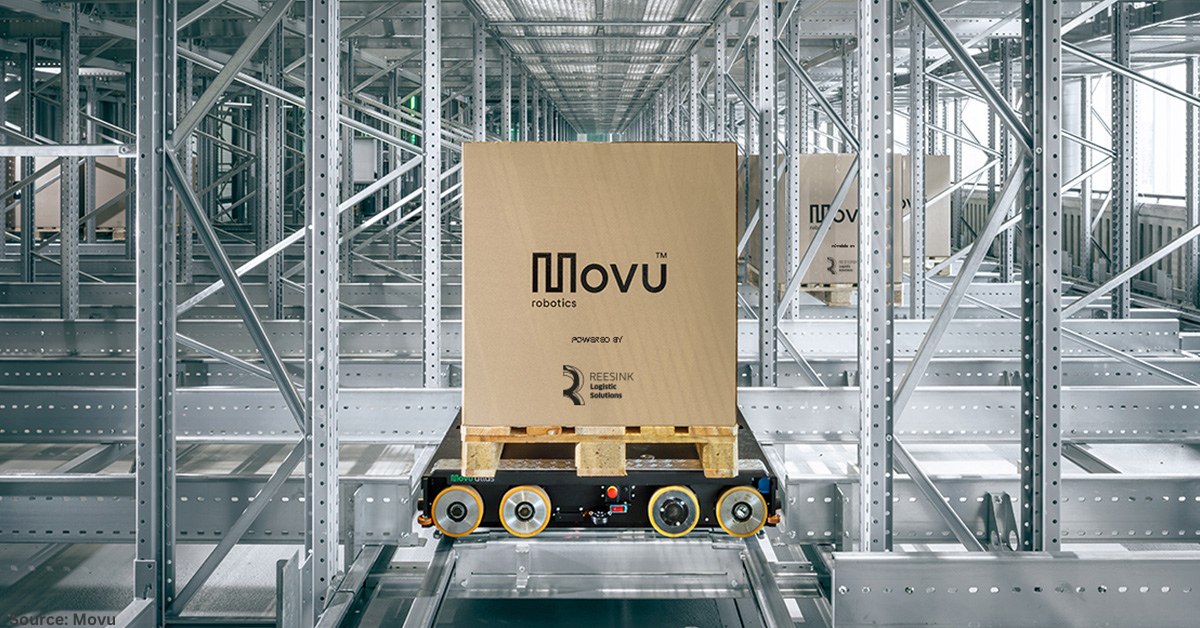




























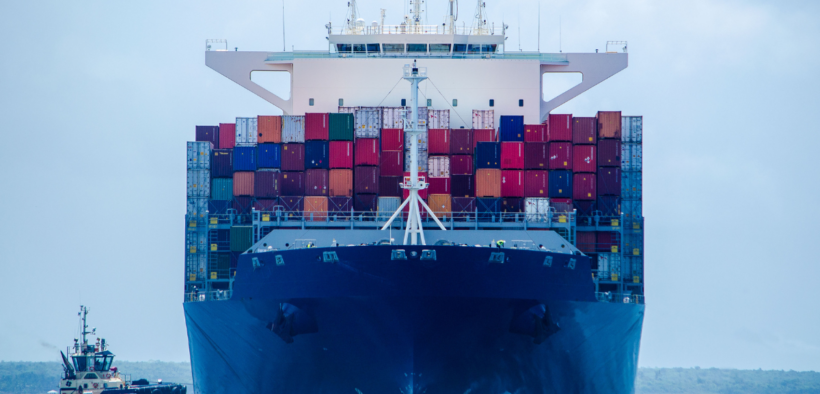














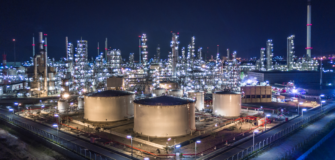
Follow us on social media